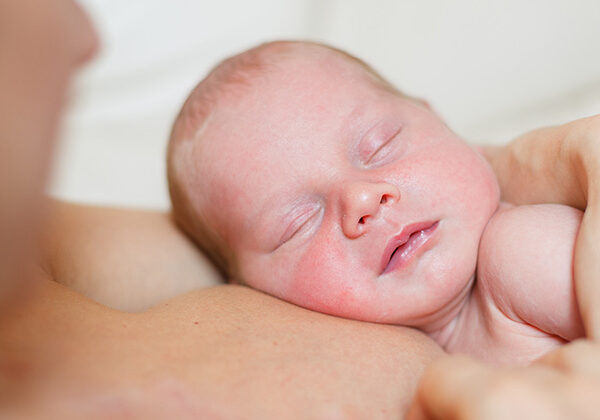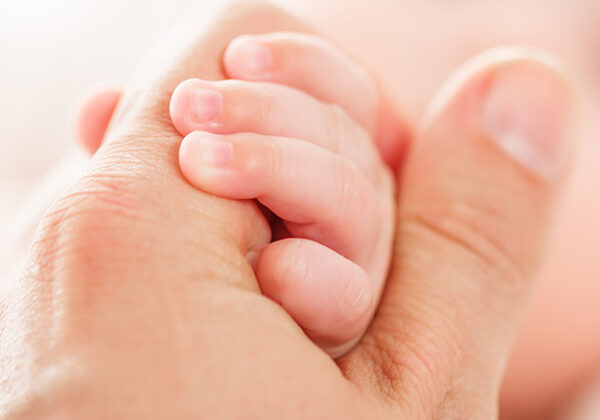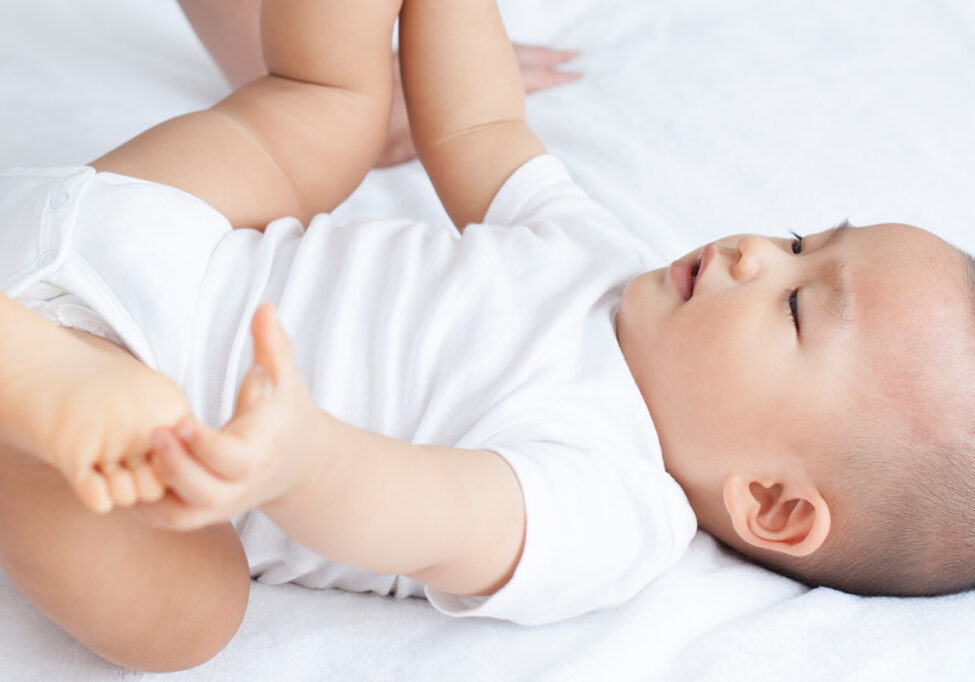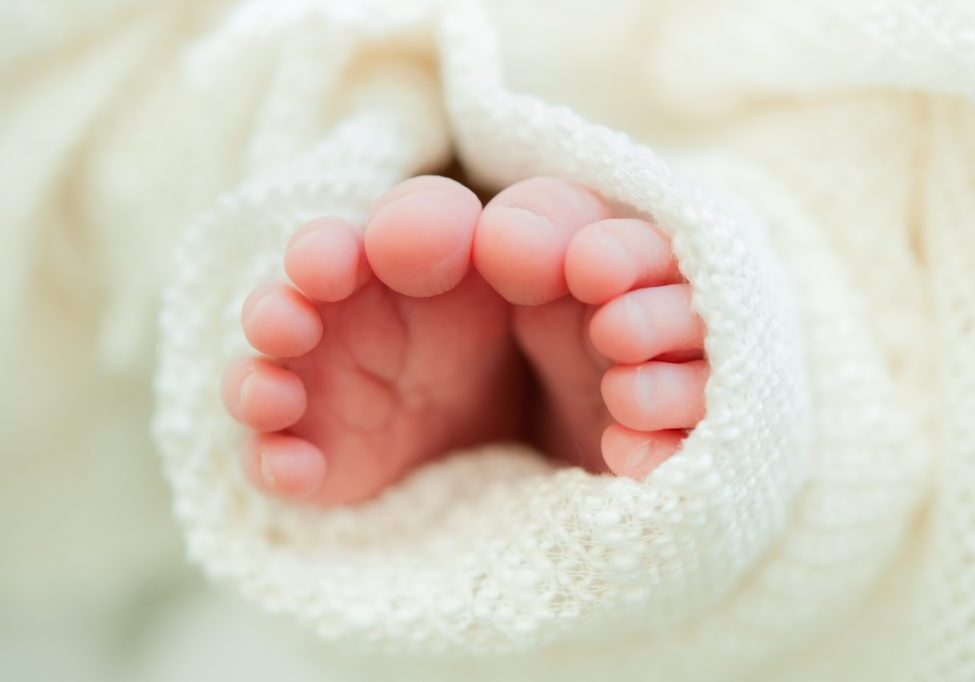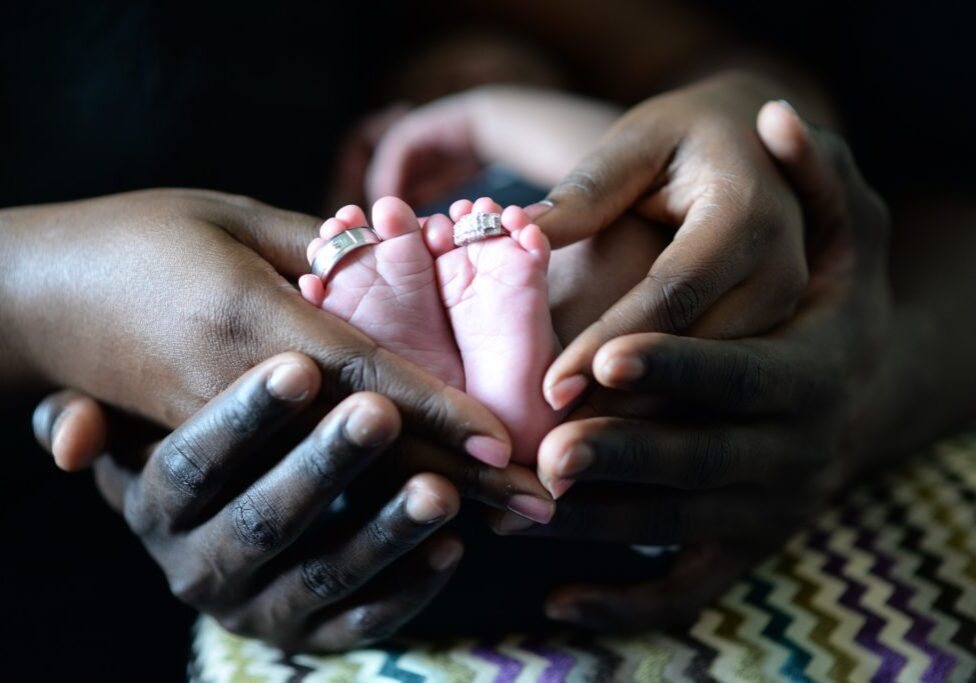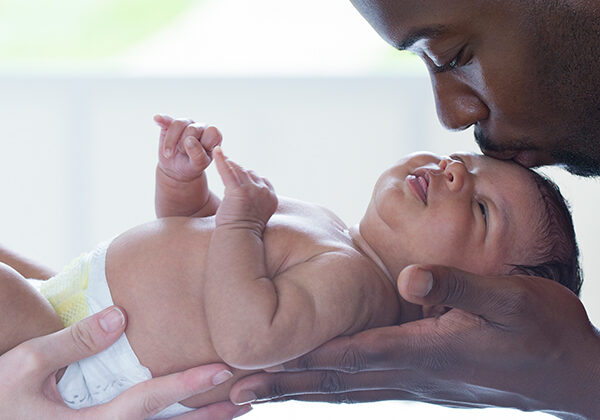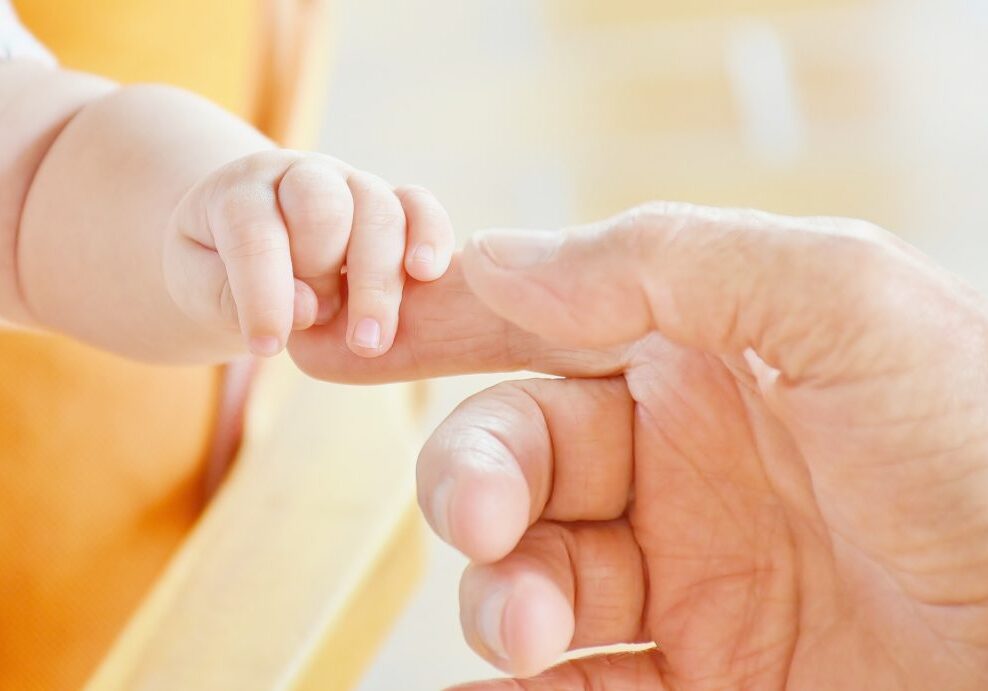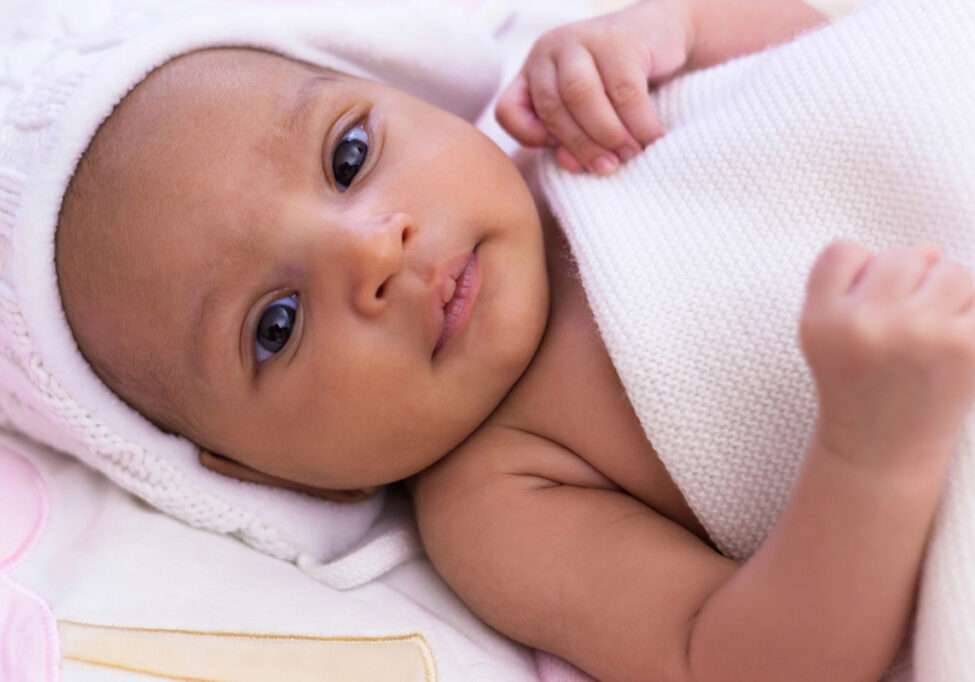What is Assisted Hatching?
About 5-6 days following fertilisation, the developing embryo is ready to implant in the lining of the uterus. Before it can do so, it has to break out of the zona pellucida or shell, which has protected it for the first few days of development. This is known as hatching.
The hatched embryo can then implant into the lining of the uterus. It has been suggested that one of the reasons that some embryo transfers fail to lead to a pregnancy is because the embryos fail to hatch. Indeed, there is evidence from animal studies to suggest that the zona pellucida may become hardened when the embryo is cultured outside the body, or when surplus embryos are frozen and thawed.
To counteract this zona hardening, a technique called “assisted hatching” has been developed. This involves the creation of a small hole in the zona, designed to help in the hatching process.
How is Assisted Hatching done?
A hole is made in the zona pellucida (shell) of each embryo that is to be transferred. Using micromanipulators the embryo is held securely by a holding pipette whilst a very fine glass micro tool is used to pierce the zona pellucida (shell) near the top edge of the embryo and move across to the other side. The embryo is released from the holding pipette and by gently rubbing the zona pellucida (shell) of the embryo between the two micro tools a small hole is created. After assisted hatching the embryos are incubated until the embryo transfer, which is carried out as normal.
Are there any risks associated with Assisted Hatching ?
As with any in vitro procedure, removal of the embryo from the incubator, and its manipulation, carry a risk of damage, through temperature fluctuation, for example. In addition the creation of too large or too small a hole, may damage the embryo. In practice the procedure is very straight forward and the risk of damage to the embryo is negligible.
Who might benefit from Assisted Hatching?
There is limited evidence providing support for the idea that assisted hatching is of benefit to anybody, especially in a first cycle of treatment. However, a number of small studies suggest that it may benefit the following groups of women:
- Women with high levels of the hormone FSH (follicle stimulating hormone) in their blood
- Women who are more than 38 years old
- Women who have failed to become pregnant after repeated embryo transfers with apparently good quality embryos
- Women whose embryos have obviously thickened zonae
Following fertilisation, the developing embryo is ready to implant in the lining of the uterus
Salisbury Fertility Centre Treatments
With you every step of the way




